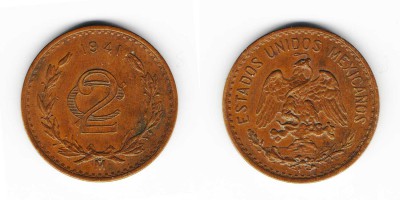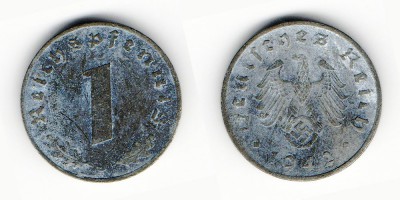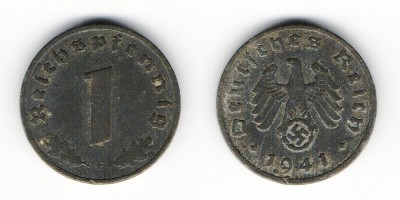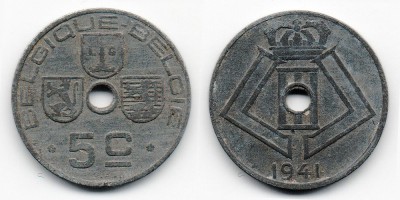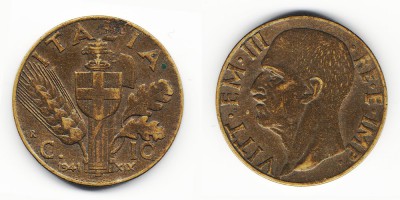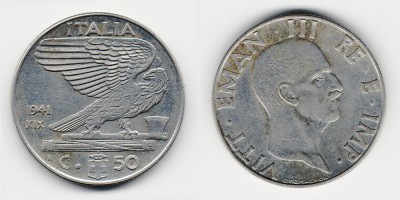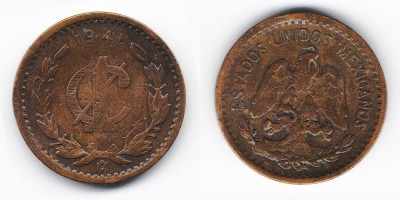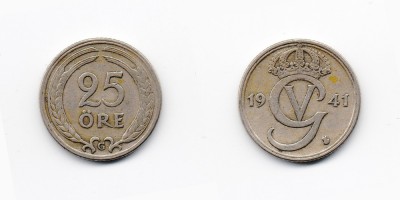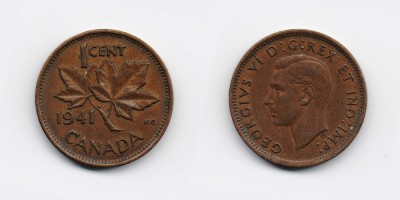The Great Patriotic War left its negative mark on the coin production of the USSR. The release of some denominations ceased, and some coins began to be replicated in small quantities. In 1941, the Moscow Mint was transported to the city of Krasnokamsk. The release of money began only in October. Minted coins of 7 denominations. But of particular value are 3 kopecks of the 1941 issue, of which only a few thousand were produced. She was minted from aluminum bronze. The mass of the coin was 3.1 grams, and the diameter was 21.9 millimeters. And such a coin, executed in stamp gloss, has a particularly high value and value.
In 1941, the Slovak Republic from copper-nickel alloy began to mint coins in denominations of 1 krone and 50 hellers.
In the year of the German occupation in Croatia, zinc coins were minted in 2 kuna.
Hungary has launched production of 2 pengo aluminum coins. It differed in a rather large diameter - 28.0 millimeters.
Turkey in 1941 was able to mint coins of 3 denominations. In the country, coins of 10 pairs (1/4 kurusha), kurush and lira entered into use. Aluminum-bronze, copper-nickel and silver, respectively, were chosen as material for the banknotes.
British East Africa minted bronze 10 cents.
Denmark in 1941 minted a 1 krone coin with a circulation of 661,000 units.
In the Vatican, stainless steel coins were issued in denominations of 2 lira.
The obverse of the Italian coin of 1941 with a par value of 20 centesimo was decorated with a portrait of the king of Italy, Vitorio Emanuel III.
In France, a coin of 20 centimes was issued with a huge circulation - 31,397,000 pieces. An interesting fact is that the coin was minted only in the period from 1941 to 1944.
In the United States in 1941, the regular issuance of a 50 cent coin was adjusted.
 Russian
Russian English
English Deutsch
Deutsch Spanish
Spanish Português
Português


